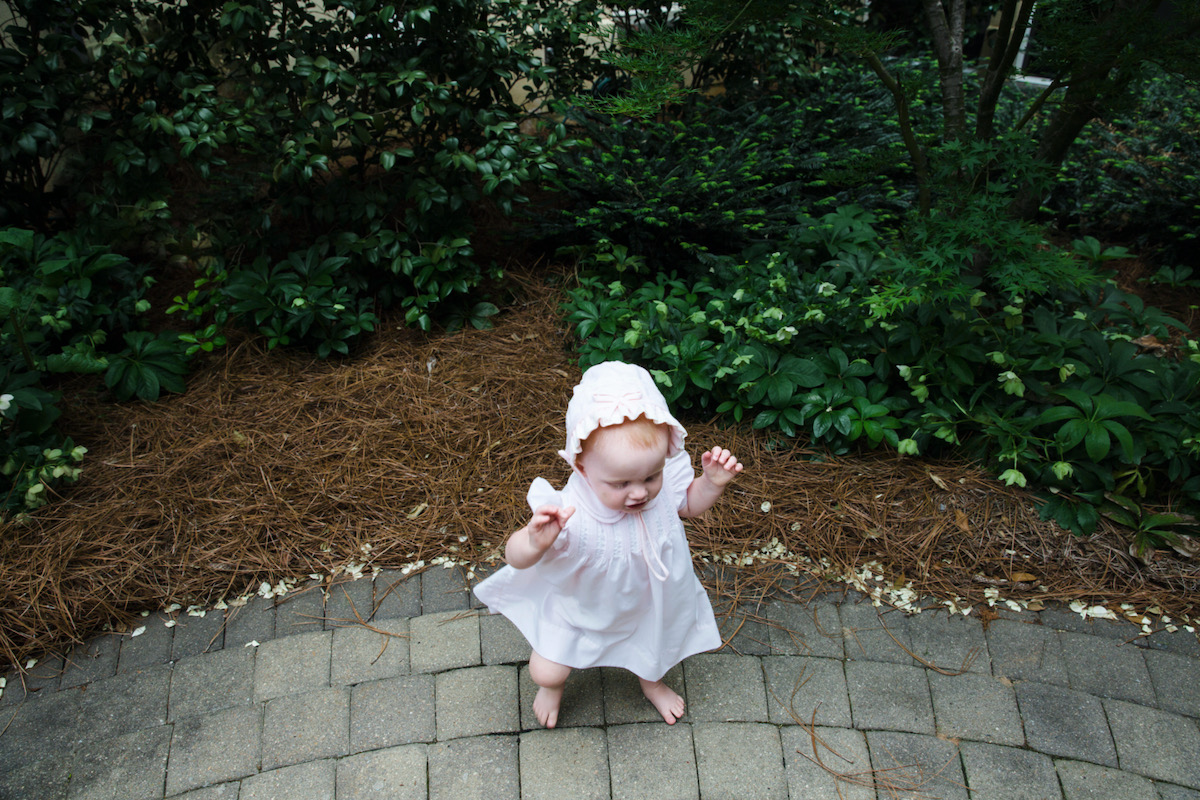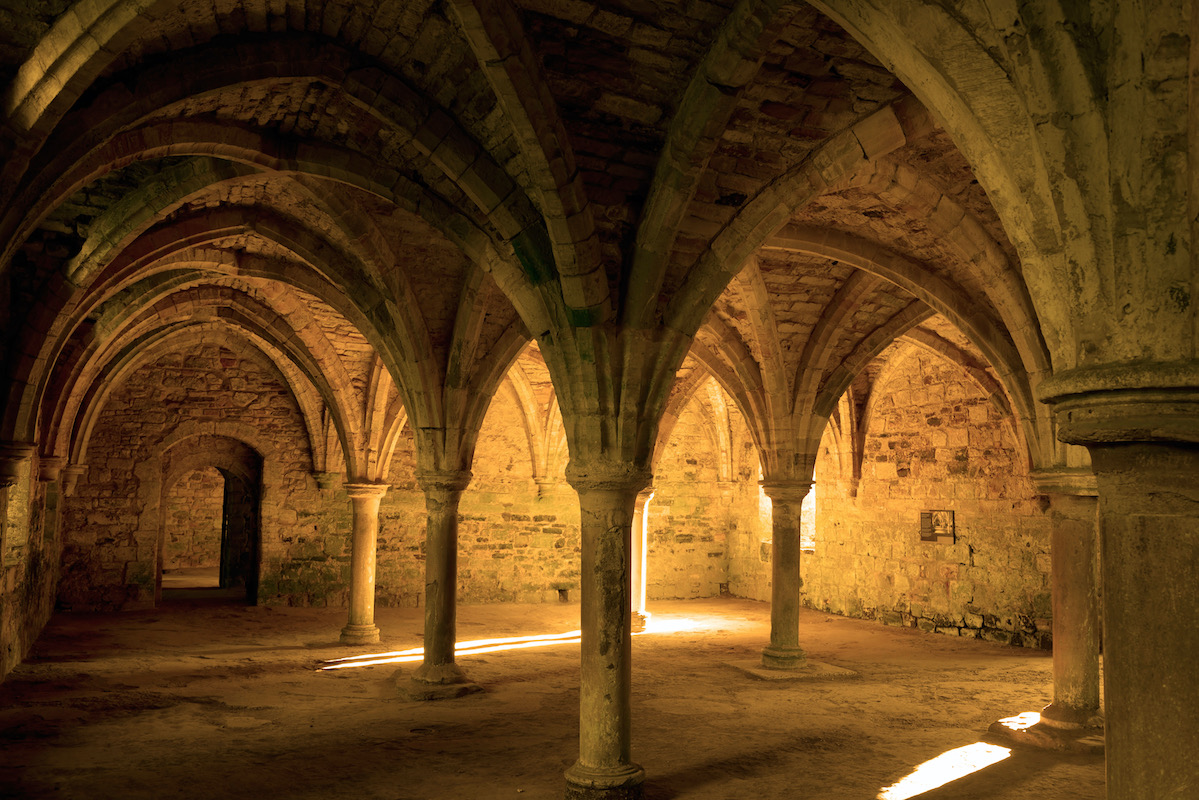As anyone who knows me will testify, I often find it difficult to keep my gob shut. This is especially the case when I go into broadcast mode on one of my pet topics, invariably something medieval and monastic. But this autumn, motivated by an initiative at several English Heritage monasteries, I’m going to attempt to suppress my loquaciousness, simultaneously calming the busyness of my mind and the restlessness of my spirit.
Until 22 October, English Heritage is asking visitors to 16 of its monastic sites to experience the last hour of public opening (5-6pm) in quiet contemplation. Entirely voluntary, it’s hoped that this month-long experiment will help visitors to switch off from the world and thereby establish a better understanding of the purpose of the magnificent buildings that surround them and the daily lives of the monks and nuns who lived and prayed there between the six and sixteenth centuries. It’s a way of life summed up by St Aelred, abbot of Rievaulx in the mid twelfth century: “Everywhere peace, everywhere serenity, and a marvellous freedom from the tumult of the world.”
Monasteries are so associated with serenity and silence that it’s become the thing of popular myth: that medieval monks and nuns took a vow of silence. In reality, there was no such thing. But ever since its origins in the deserts of the Middle East, silence has been an essential feature of Christian monasticism. It was integral to the lives of the “Desert Fathers” of the late third and early fourth centuries (one even went so far to fill his mouth with stones to prevent him from speaking) and continued to be esteemed when these holy hermits banded together to live as communities. Silence is a constant theme in the Rule of St Benedict, which states that monks “should diligently cultivate silence at all times”.
This involved a near total suppression of conversation, an unmissable expression of the austere life adopted by monks and nuns; its spirit still permeates the ruins of the island monastery of Lindisfarne. It was also meant to ensure that their thoughts did not become entangled in the preoccupations of the world outside the cloister, a distraction from their lives of prayerful contemplation and the quest for spiritual salvation – the core purpose of the monastic life. Near total silence also curbed the opportunities for gossip and intrigue, which could poison the brotherly and sisterly goodwill needed for life within monasteries to flourish. The warming room, where a fire was kept burning in the winter months, was the the gossipy medieval equivalent of the photocopier or water cooler in the modern office.
Silence was also imbued with an altogether more celestial meaning, especially by reforming monks at the French monastery of Cluny and its multiple dependencies across Europe. These monasteries were thought to provide glimpses of heaven on earth, their monks cultivating silence in emulation of the angelic hosts.
This Cluniac emphasis on silence resonated with the monastic reform movements of the eleventh century, including the Cistercians. The rigour of the Cistercian way of life, including their strict insistence on silence, moved the young Aelred to join the Order’s abbey at Rievaulx, where he rose to be abbot between 1147 and his death in 1167. “There is nothing you should pursue more than silence,” wrote Aelred. Silence, according to Aelred, was also a tool by which “idle and distrustful words, all distractions may be removed from our mind and heart.”
Penalties for breaches of silence were severe and could include fasting on bread and water, even corporal punishment. In 1523, however, it was the pockets, rather than the backsides, of the monks at Wenlock Priory that received a bashing, each violation of the rules on silence punished by a twopence fine. The monks of Hailes Abbey were somewhat more fortunate and escaped with little more than a stern telling off in 1270 for gossiping about the alleged (and disproven) sexual misdemeanours of one of their brethren.
The premium attached to silence was such that a complex system of hand signals was used by monks and nuns for the purposes of communication. This developed at Cluny in the tenth century and included more than 100 individual signs – but only for nouns – meaning a conversation using hand signs was impossible. Rules were nevertheless in place to prevent its misuse. The use of hand signs was entirely forbidden in the dormitory. Individual monasteries developed their own lexicons. At the Benedictine abbey of Bury St Edmunds in the fourteenth century, there were 198 signs, the one for underpants being “pretend that you are drawing your hand on your thigh from below as one who puts on his underpants”.
Visitors wanting to take advantage of the contemplation hour shouldn’t worry if they don’t necessarily find the total hush they’d hoped for. After all, sound was extremely common in and important to monasteries. The backbone of the monastic day was formed by the eight communal church services sung in praise of God. Speech was permitted for the instruction, education and religious edification of monks or nuns. “If the mutual exchange of words is pleasant, let our talk to be of our way of life, or Scripture,” wrote Aelred of Rievaulx.
More mundanely, the monks of St Augustine’s, Canterbury, were admonished for noisily breaking nuts in their refectory and Abbot Ralph of Battle worried that his gastric problems would cause unpleasant noises (and smells), disturbing the slumber of his brethren in the dormitory. Although the ownership of pets was frowned upon, monasteries were allowed to keep dogs if they were “good barkers” for the purposes of security.
Talking was also allowed to ensure the smooth running of a monastery. Two rooms in the buildings around the cloister were allocated for their purpose: an inner parlour on the eastern side of the cloister, where monks and nuns would receive orders from their superiors about tasks they were to undertake, and an outer parlour on the west wide of the cloister, where conversation was permitted with outsiders such as tradesmen and merchants, and even family members.
Moreover, even the most observant monks and nuns could find it hard to adhere to the high standards of silence demanded of them. Aelred of Rievaulx could see times when conversation between monks had the same legitimacy as silent contemplation. “Let us sometimes grieve together over the afflictions of the world, at other [times] rejoice together in the hope of future happiness,” he wrote.
All of England’s medieval monasteries were dissolved between 1536 and 1540 by Henry VIII, a key event in the English Reformation. Though ruined for centuries, visitors of all faiths and none, continue to turn to these abbeys and priories as places of spiritual nourishment where they can cultivate an inner silence.



 Loading ...
Loading ...
What do you think?
You can post as a subscriber user ...
User comments (0)